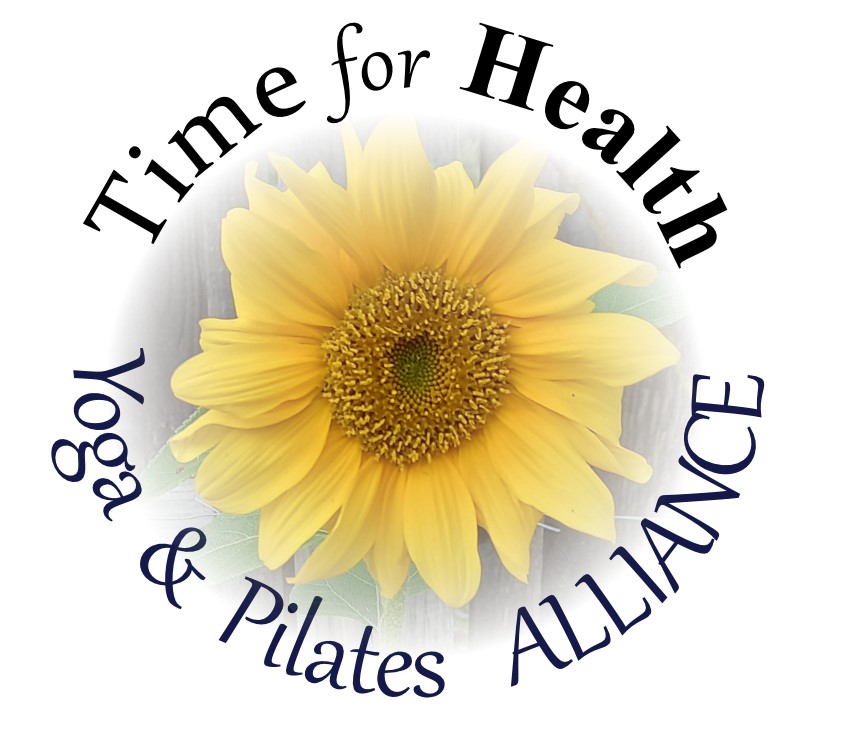 PILATES
PILATES
Back to Top
PILATES
Pilates is named after it's originators, the late Joseph and Clara Pilates.
Pilates Practitioners have in the 21st century continued to expand upon the earlier work of the Pilates. By presenting a variety of creative new approaches involving circular movements, standing postures, and core strengthening exercises using props such as tubes, weights, poles, bands, magic circles, mini-balls, stability balls, foam rollers, and more.
EFFECTS
Over the years with advances in exercise science and rehabilitation this method of exercise has been refined. Establishing Pilates as one the most safe and effective forms of exercise. For example:
Bill Hanlon, Int J Phys Med Rehabil 2013, 1:6 conducted a full literature search which indicated Pilates, and Yoga, could be beneficial in relieving low back pain. This benefical effect has also been observed by Gladwell, Head, Haggar, and Beneke.
The efficacy of Pilates for breast cancer patients has been reported in the European Journal of Physical and Rehabilitation Medicine with the conclusion "Pilates exercises are effective and safe in female breast cancer patients".
-
The beneficial effect of Pilates of self-efficacy and sleep quality has been examined by K Caldwell, M Harrison, M Adams.
Pilates can be enjoyed by the young and old, of all shapes and sizes when the exercises are conducted either as one to one sessions or small classes (less than 12 or so participants).
It can be practised as a form of therapeutic conditioning for people with back problems or, those recovering from injury or illness - see referneces above.
Pilates is also used in a sport-specific setting for athletes and dancers wishing to enhance their performance.
Pilates is an adaptive exercise regime it will assist the young, old, those recovering from injury, post pregnancy, bad backs; and because of this it will travel with us through life.
YOUR CLASS
During a Pilates class emphasis is placed on re-establishing the natural curvature of the spine and re-balancing and aligning the muscles around the joints, this involves stabilizing the pelvis and scapular, by using deep muscles. In focusing on the core muscles Pilates tones and lengthens the body-making it great for flattening the abdominal area.
Pilates is concerned with quality and precision". You have to do the exercise in the right way to gain the full advantages of the technique. But that does not mean you have to be super human and get everything right first time. The adaptive strategy means that as you get better at the exercises the gains get better.
Pilates has and is used by many professional dancers; the British National Health Service details this fact. For example, Darcy Bussel has published a book called Pilates for Life. Our instructors, who are dancers, say they use Pilates because both dance and Pilates are concerned with the excellence, efficiency, purity, and actually the beauty of the movement or exercise. The major difference is that in dance the rythm of movement is prescribed by the music and in Pilates you will use the rythm of your breath.
 PILATES
PILATES
 PILATES
PILATES